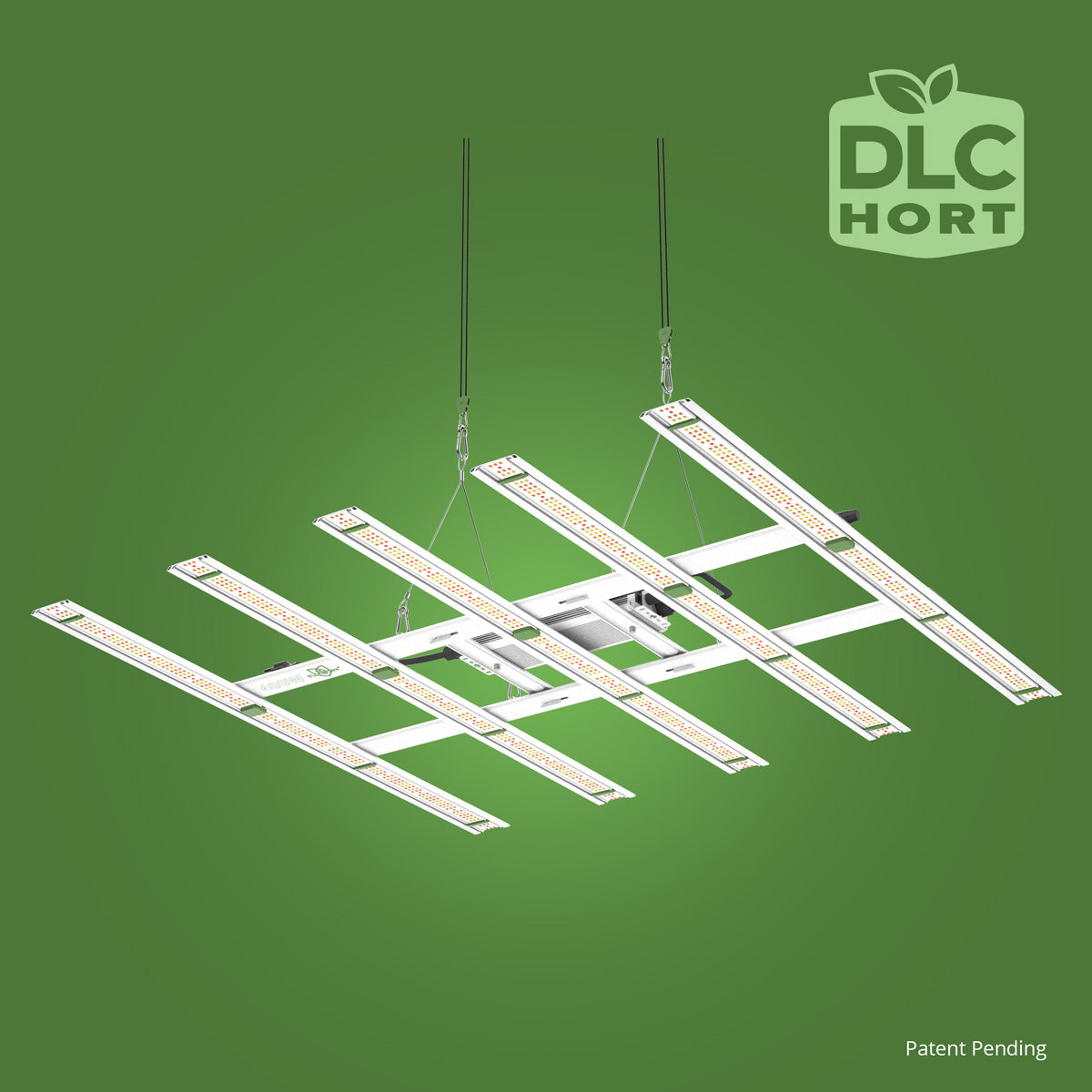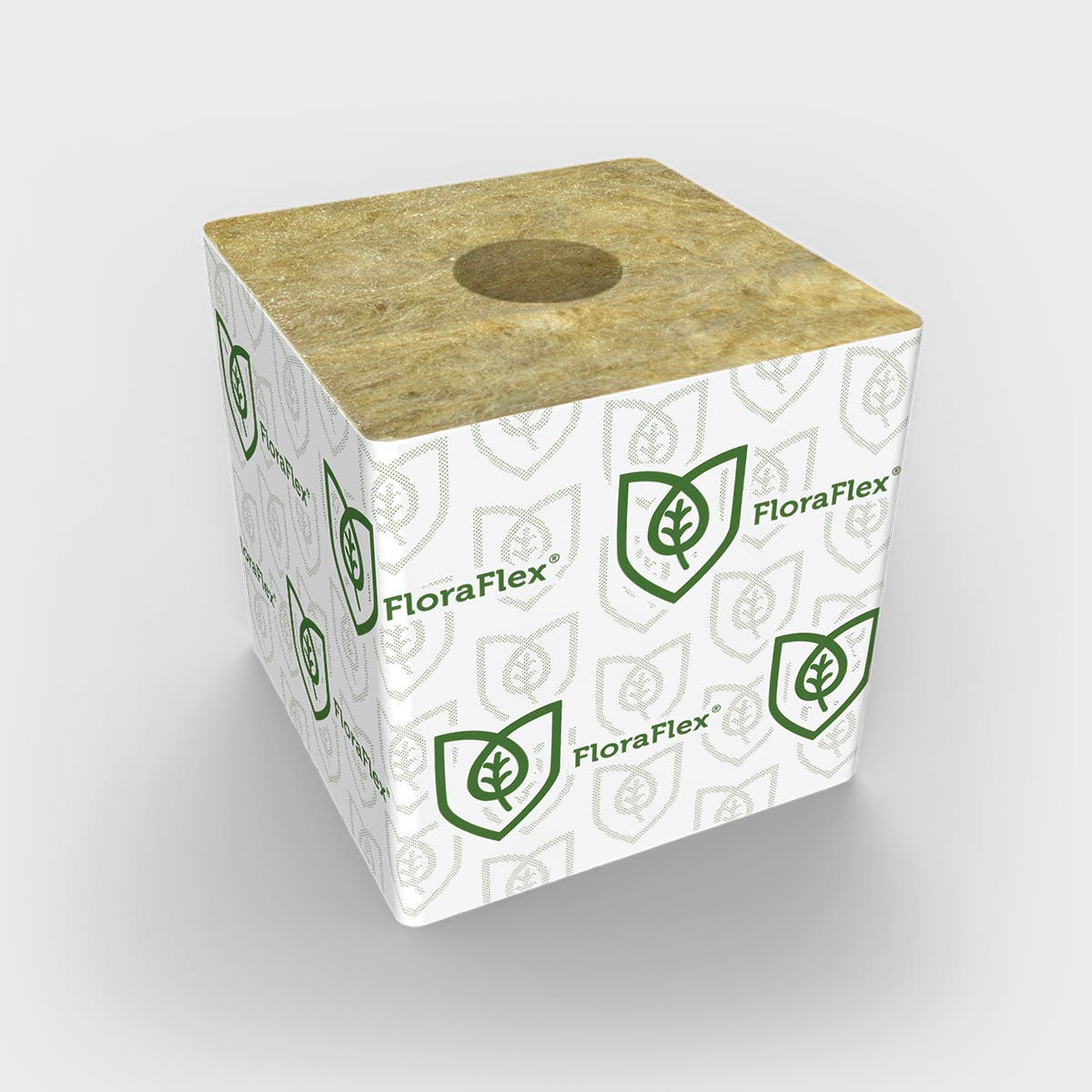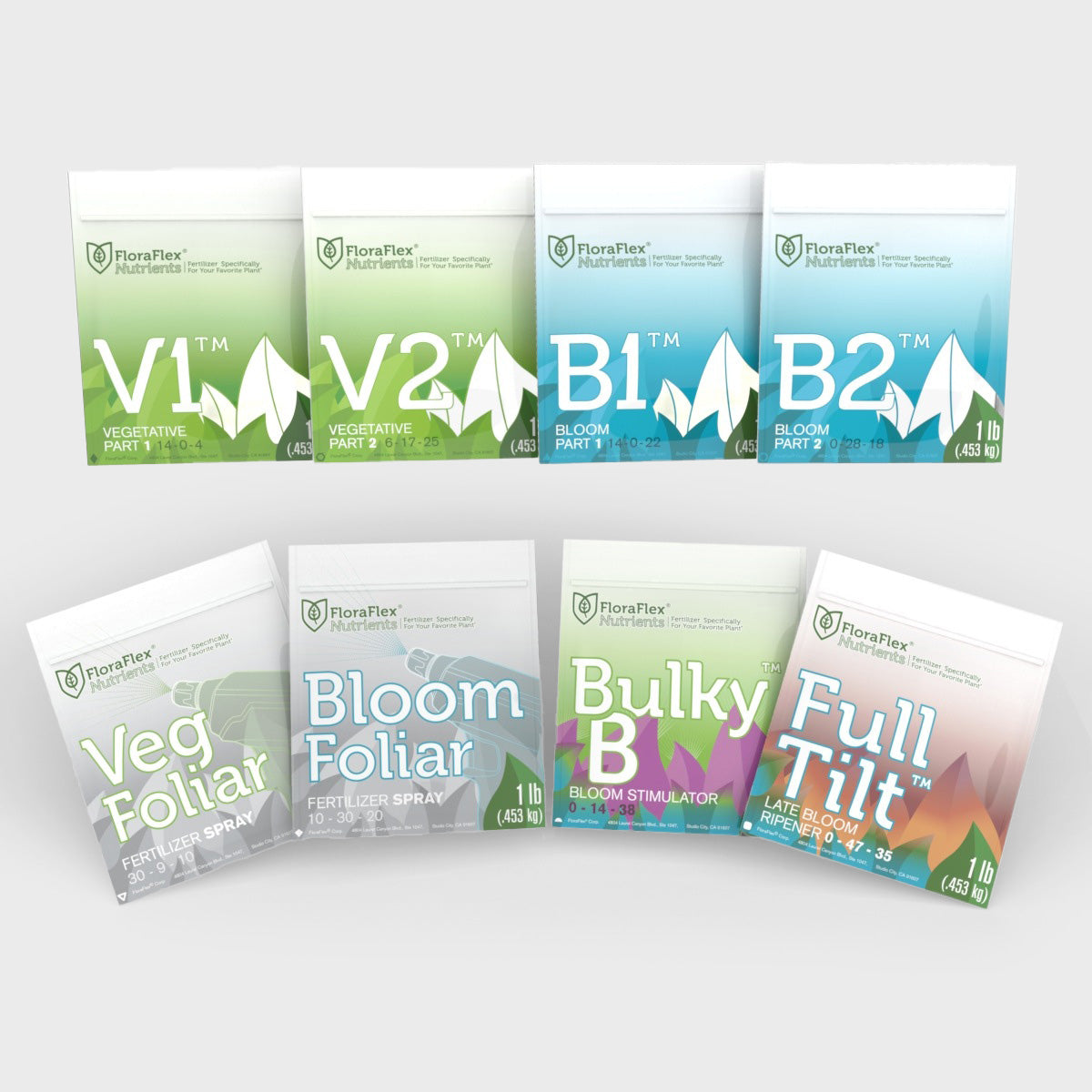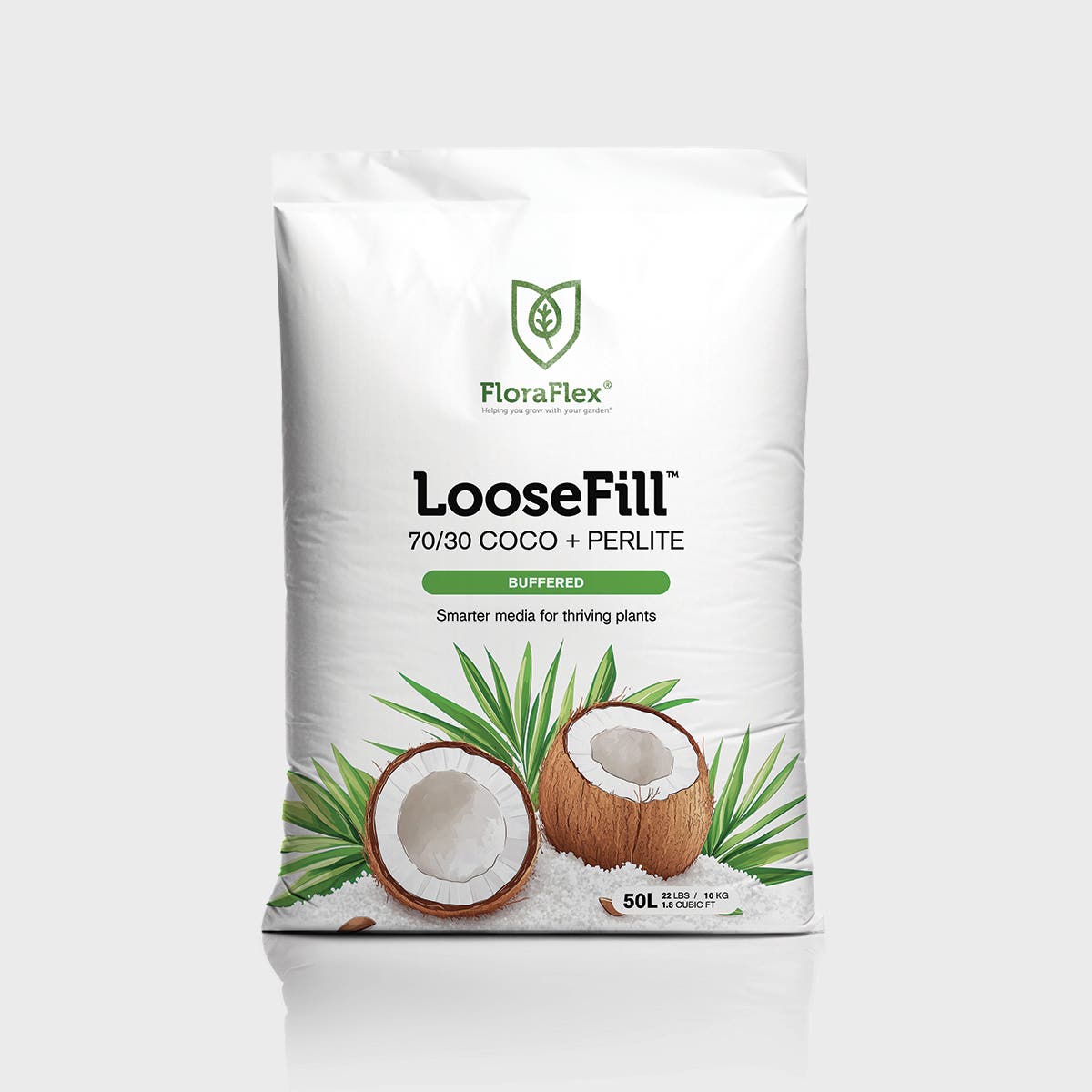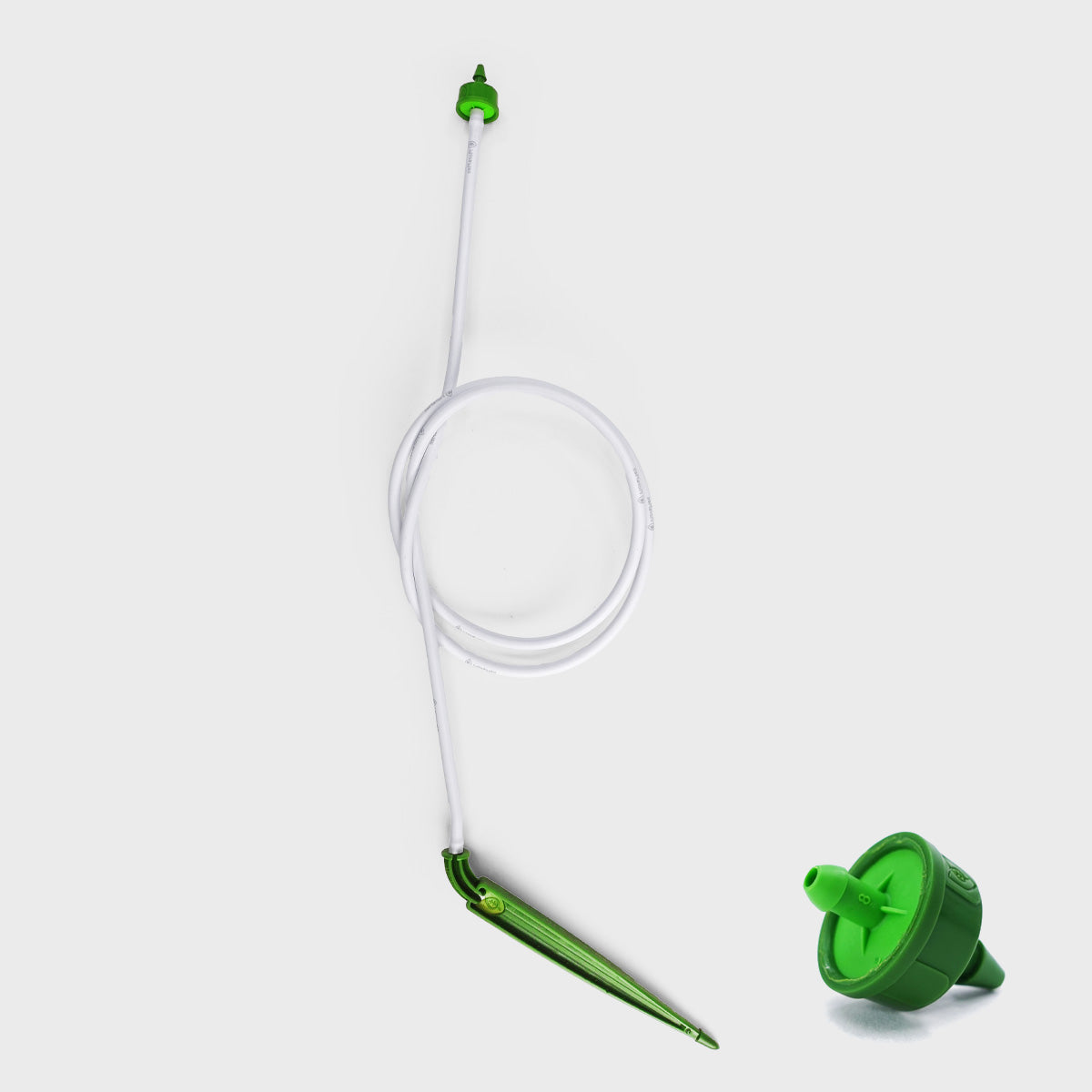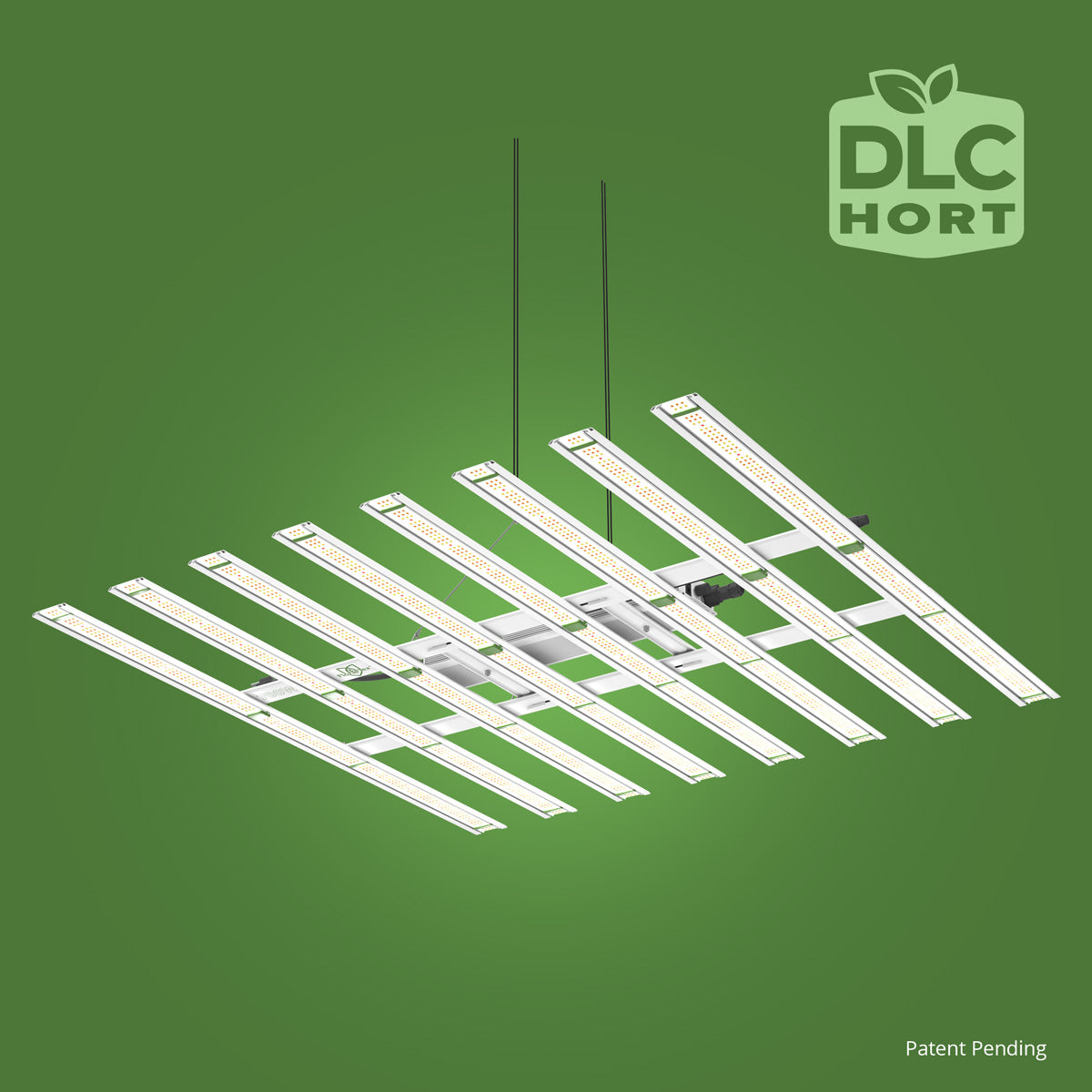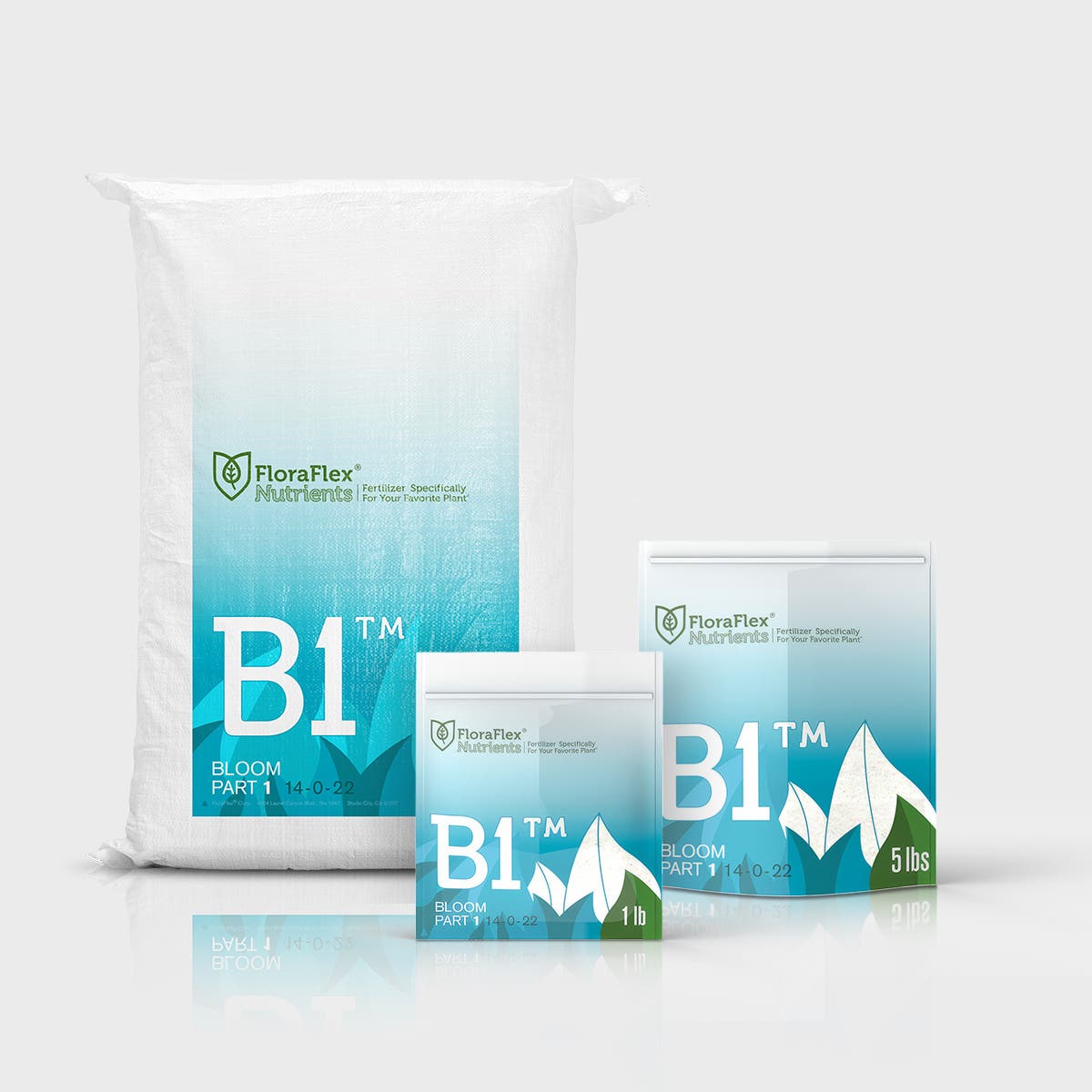In recent years, hydroponic gardening has gained increasing popularity due to its ability to produce high yields with efficient use of resources. Growing cannabis hydroponically allows for precise control over the growth environment, resulting in healthier plants and superior quality. In this step-by-step guide, we'll delve into the process of hydroponic cannabis cultivation, providing you with the expertise to achieve a bountiful harvest.
Step 1: Understanding Hydroponics
Hydroponics is a method of growing plants without soil, using nutrient-rich water to deliver essential nutrients directly to the roots. This system provides several benefits, such as faster plant growth, water conservation, and reduced need for pesticides due to controlled environments.
Before starting your hydroponic cannabis garden, familiarize yourself with different types of hydroponic systems like Nutrient Film Technique (NFT), Deep Water Culture (DWC), and Aeroponics. Each system has its unique advantages, and your choice will depend on factors such as available space, budget, and personal preference.
Step 2: Selecting the Right Cannabis Strain
Choosing the right cannabis strain is paramount to your hydroponic success. Consider factors such as growth characteristics, flavor profiles, and desired effects. Indica strains are known for their calming effects and bushy growth, while Sativa strains produce an energizing high and grow taller. Hybrid strains offer a blend of both worlds.
Ensure that the strain you choose is suitable for indoor cultivation, as some strains thrive better outdoors. Researching seed banks and sourcing from reputable providers will help guarantee the quality and genetics of your plants.
Step 3: Setting Up Your Hydroponic System
- Choose a Container: Your container should be lightproof to prevent algae growth, and it should accommodate the size of your plant. Popular containers include buckets, storage bins, and specialized hydroponic planters.
- Grow Medium: Although hydroponics doesn't use soil, you'll need a medium to support the root system. Rockwool is a common choice due to its moisture-retaining properties. Consider using the 6" FloraFlex Wool (Basalt Derived) for excellent plant support and nutrient uptake.
- Pump and Reservoir: A submersible pump circulates your nutrient solution, while the reservoir stores and supplies the solution. Make sure the pump's flow rate matches the size of your system.
- Lighting: High-intensity lights like LED or HPS are ideal for cannabis cultivation, providing the spectrum needed for photosynthesis. Adjust the lights throughout the growth cycle to mimic natural changes in sunlight.
- Air Supply: Aerating the nutrient solution ensures that roots receive necessary oxygen. Use an air pump and air stone to keep the water oxygenated.
- Nutrient Solution: A balanced blend of nutrients is critical for plant health. Follow the nutrient manufacturer's instructions for cannabis-specific combinations and adjust based on plant requirements.
Step 4: Germination and Planting
Start your seeds using the paper towel method or by planting directly into your grow medium. Once germinated and showing true leaves, transfer the seedlings to your hydroponic system. Ensure the roots are reaching the nutrient solution, but not fully submerged, to prevent drowning.
Step 5: Maintaining Your Hydroponic System
- Water Management: Regularly check the pH and Electrical Conductivity (EC) levels of your nutrient solution. Cannabis prefers a pH of 5.5 to 6.5. Test the water daily and make necessary adjustments.
- Nutrient Scheduling: Track the nutrient schedule closely. Gradually increase nutrient concentration as plants transition from vegetative to flowering stages.
- Temperature and Humidity Control: Maintain optimal temperatures between 70-85°F (21-29°C), and manage humidity levels according to the plant's growth phase. A digital hygrometer and thermometer will be invaluable tools.
Step 6: Monitoring Plant Health
Consistent monitoring is key to addressing potential issues before they escalate. Look for signs of nutrient deficiency or pest infestations. Keep an eye out for yellowing leaves, wilting, or unusual growth patterns.
Regularly inspect plants to ensure they're free from pests like spider mites and aphids. Introducing beneficial insects or using organic pesticides can help keep unwanted visitors at bay.
Step 7: Flowering and Harvesting
Once your plants reach the flowering stage, adjust the lighting schedule to a 12-hour light and 12-hour dark cycle to mimic natural flowering triggers. During this period, it's crucial to maintain stable environmental conditions to optimize bud development.
When buds are mature, begin the harvest process by trimming the plants and hanging them to dry in a controlled environment. Proper curing improves the potency and flavor of your cannabis.
Hydroponic cannabis cultivation offers the opportunity for exceptional control and results. It may seem daunting initially, but with the right approach, tools, and patience, you'll become proficient in the art of hydroponic gardening. Whether you're a seasoned grower or a curious newcomer, integrating high-quality products like the 6" FloraFlex Wool (Basalt Derived) into your setup will significantly boost your growing efforts.
For more resources and hydroponic gardening tools, visit FloraFlex.


